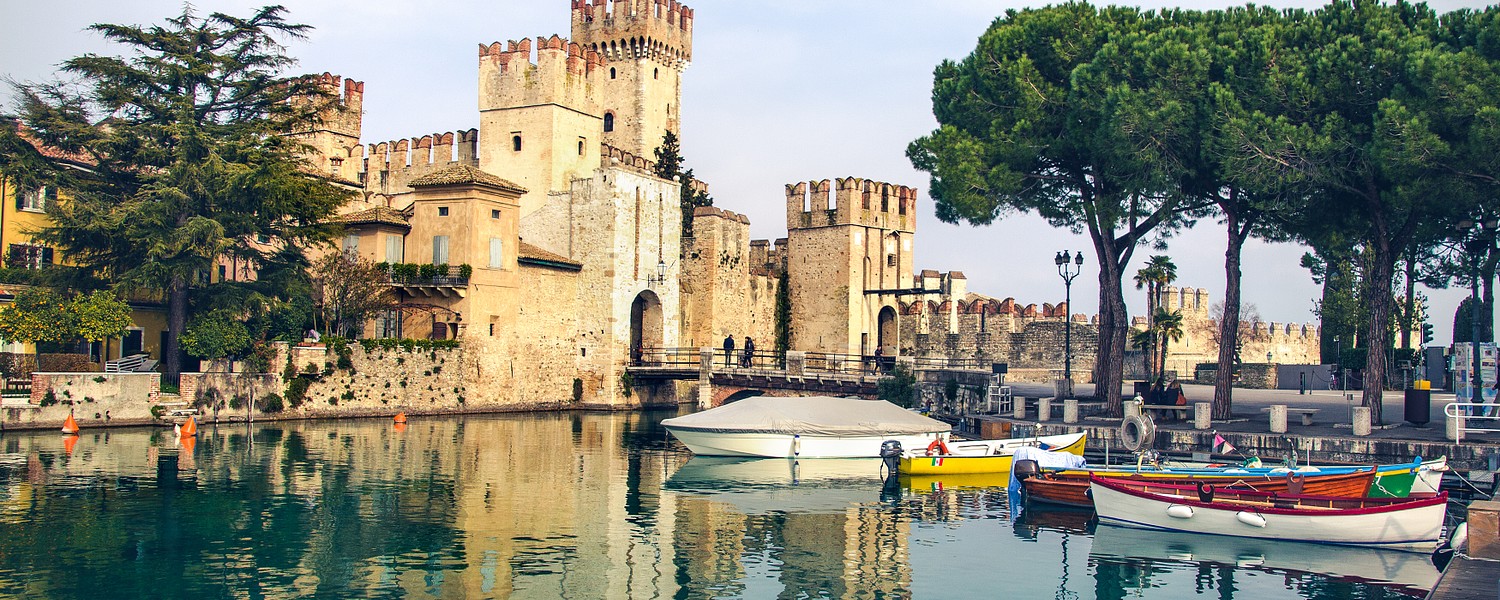
Provided by:
Luca Lorenzelli/Shutterstock.com

Our travel guides are free to read and explore online. If you want to get your own copy, the full travel guide for this destination is available to you offline* to bring along anywhere or print for your trip.
*this will be downloaded as a PDF.Price
€4,95
The City
The guide was updated:
Brescia is an utter delight. Known as a city for culture lovers because of its architecture, museums and exhibitions, it’s perfect for strolling. Small, with much of the historic centre pedestrianized, it is full of ancient buildings and piazzas, and attractive shops. Unlike in many other cities, the modern business development has been kept out of the city’s heart, giving the historic centre a great visual appeal. Founded by the Gauls, the city became part of the Roman Empire in the 2nd century BC. It enjoyed great prosperity in the Middle Ages, and in 1426 it was conquered by the Venetian Republic, who governed for nearly 400 years.
Throughout the city centre there are superb examples of Brescia’s heritage: stunning Roman remains, Medieval churches and streets, and beautifully-decorated Renaissance and Baroque palaces.
As a university town, Brescia has a lively atmosphere, particularly in the Medieval area, north of the historic centre: here you will find a plethora of tiny cafés, restaurants, and small international stores, many serving Brescia’s immigrant community.
Throughout the city centre there are superb examples of Brescia’s heritage: stunning Roman remains, Medieval churches and streets, and beautifully-decorated Renaissance and Baroque palaces.
As a university town, Brescia has a lively atmosphere, particularly in the Medieval area, north of the historic centre: here you will find a plethora of tiny cafés, restaurants, and small international stores, many serving Brescia’s immigrant community.


